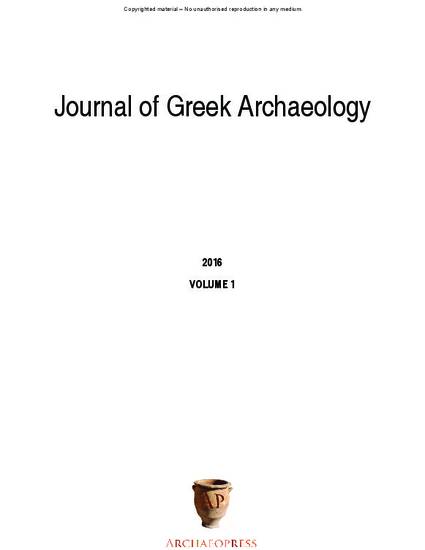
Article
Euboean Towers and Aegean Powers: Insights into the Karystia’s Role in the Ancient World
Journal of Greek Archaeology
(2016)
Abstract
Using survey data from the Paximadi and Bouros-Kastri peninsulas in Southern Euboea, this paper examines the surge in settlement activity and tower building in the Karystia during the 5th century BC. Despite the region’s low agricultural potential, it played a key role in the Classical period as the Persian Empire was defeated and alliances between Athens, Euboea and Sparta waxed and waned. The height of activity in the area coincides with major events in the 5th century BC, suggesting that Athens may have played a pivotal role in the region. Using viewshed, line-of-sight, and least-cost-path analyses to analyze the location of the tower sites, we demonstrate the strong network of communication and intervisibility that may have existed in ancient times. We critically examine the hypothesis that Athens established a cleruchy in the region in the 5th century BC, and highlight three key factors that may explain the high density of towers in the Karystia: the close ties between Athens and the Karystia in this period of classical antiquity; the use of the land for agricultural production, despite its poor quality; and, most importantly, the strategic value of the Karystia in protecting the deep-sea port of Geraistos and the Southern Euboean Strait.
Keywords
- Classical archaeology,
- Euboea,
- Ancient Athens,
- Greece,
- GIS,
- Fortifications
Disciplines
Publication Date
2016
DOI
https://doi.org/10.32028/jga.v1i.647
Publisher Statement
Copyright © 2016 Archaeopress Publishing, Oxford, UK.
Citation Information
Gardner, Chelsea A.M. and Rebecca M. Seifried (2016) “Euboean Towers and Aegean Powers: Insights into the Karystia’s Role in the Ancient World.” Journal of Greek Archaeology 1:149–176.
